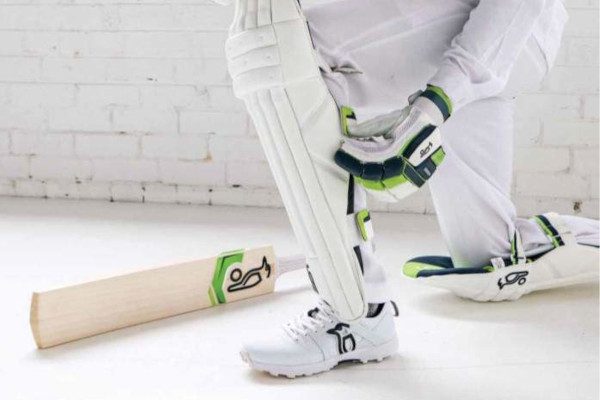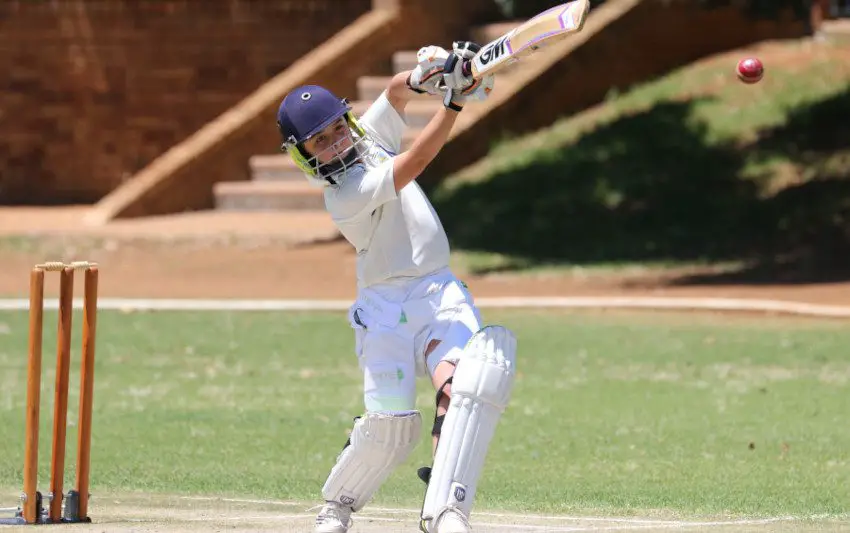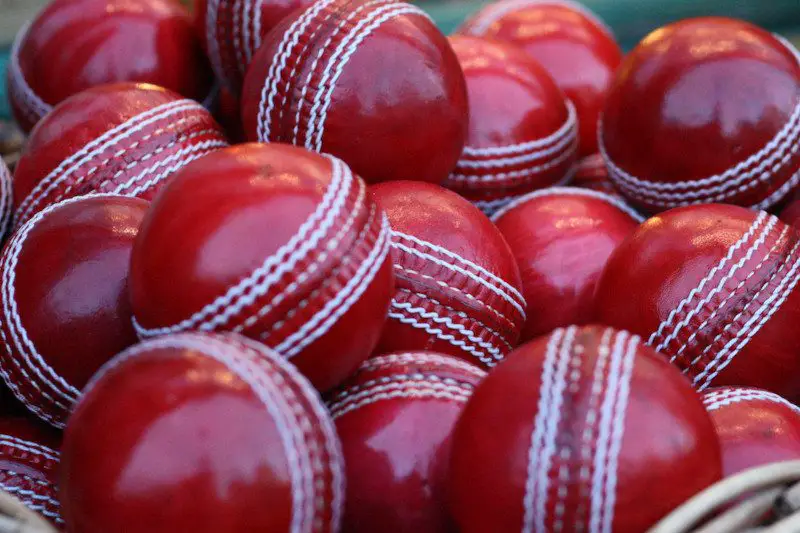Table of Contents
Maintaining your cricket pads properly prolongs their life span and keeps them looking smart. The better you are, the more they need maintaining as the salts in your sweat cause the most damage to them, even during average use. This is the case with most cricket equipment, like cricket batting gloves or shoes, and pads as well.
Consistent care and cleaning by hand with a damp cloth is very important for this. A washing machine will actually ruin them and knock them out of shape.
The following guide teaches cricket players about how to clean their cricket pads.
Step by Step Guide to Cleaning Cricket Pads
- Prepare the necessary tools for cleaning
- Brush off any debris or dirt from the pad
- Detach inside pads if there are any
- Hand clean the cricket pad
- Let the cricket pad dry completely
- Pay attention to proper cricket pad storage
- Pay attention to the regularity of your cricket pad cleaning
Prepare the Necessary Cleaning Tools
Cleaning cricket pads is relatively straight forward and only requires basic tools and products. You only need a bucket, clean water, a brush, a clean cloth, baby soap and baking soda. The baking soda is best used on the material which makes contact with your legs, not for the face of the pad.
Steps to Clean a Cricket Pad
By following these steps, you will help to not only clean your batting pads, but also increase the life span of them. Read the manufacturer’s instructions for any special cleaning requirements before starting the process.
1. Brush any Debris or Dust from Your Pad
Before washing your pad, you need to remove dirt first. This is quite straight forward but it does need to be completed as thoroughly as possible. Removing all of the dust and dirt from your pads is crucial before cleaning them with water. Using a soft bristled brush for this means that you can get into all of the grooves on the face of the pad. Also, try to work in a systematic way like left to right as this will mean you won’t miss parts of the pad. Removing all of the loose dust and dirt makes the next part of the cleaning process easier and quicker.

2. Detach Inside Pads
The inside of the pads need to be treated in a different way to the rest of the pads. They still need to be brushed clean first. If the inside pad is detachable then they are best washed in baby soap and water or a very mild detergent. Once they have been thoroughly cleaned, they need to be left to dry naturally. Tumble drying them is not advised as they can become misshapen and won’t fit your pads anymore.
If you don’t have a detachable pad, then reach for the baking soda. Sprinkle baking soda over the inside of the pad and leave for a few hours. After that, simply sweep of the baking soda. This not only cleans the cricket batting pad but also deodorises it too!
3. Clean the Cricket Pad – Hand Washing the Pad
Cleaning the face of the pad is very straight forward and is completed with warm water and a clean cloth. You may want to add a small amount of mild soap or a mild detergent or liquid cleansers to the water for this part of the process. It is also worth having more than one soft cloth is possible and be prepared to change the water if your pads have especially dirty areas, perhaps from a dive whilst batting.
Due to the smooth finish on the face of the pads, cleaning stains from them is straight forward. Hand wash and rub the stains with the water and push from top to bottom. Clean around each knee roll, too. This works as you are following the grooves of the pad and means dirty water runs down the pad. Repeat this process as many times as necessary and dry with a soft cloth once completed.
Taking Care of Leather Parts
Remember, if the pad has any leather parts avoid using water to clean those, and apply leather conditioner instead. That way you won’t ruin the leather, as it is sensitive to wetness. A dry leather brush can be also used to remove dirt from leather parts before conditioning.
4. Dry the Cricket Pad Thoroughly
This is a step that is often overlooked. It is important to allow your pads to air dry completely and naturally. On a warm day they can be left outside to dry. Drying indoors is fine, but not near a radiator. If the pads do not dry properly, you risk things like mould or other bacteria developing on the inside of the pads. Not only is this smelly, but it also makes them more prone to fraying and breaking. Wrap damp items into towels to soak up excess water, this is always a good solution.
This step cannot be rushed so it is best to clean your pads a couple of days before you will need to use them again.

5. Properly Store Your Cricket Pads
This is key to maintaining your pads for as long as possible. Many cricketers simply put their pads back into their kit bag and take them out again the next time they use them. For some club cricketers this could be on a Saturday only. By storing them correctly, you reduce the amount of cleaning they need and increase the number of years usage from them.
Before putting them away for the winter, it is important to make sure they are completely dry and are going to be stored in a suitable place.
Final Thoughts About Cricket Pad Cleaning
Cleaning cricket pads doesn’t need to be a labour-intensive process, but it does need to be done regularly. Having clean cricket batting pads has many benefits. This helps to whiten the cricket pads and keeps them in excellent condition for as long as possible. Overlooking one of the cleaning steps is not advised as each step has equal value in terms of cleaning cricket pads. Remember, the longer you wear them for, the more you will need to maintain them.
Keep your cricket equipment, batting gloves, cricket shoes and batting pads clean at all times to get maximum performance from your quality products. There are easy ways to keep your cricket batting stuff clean and ready at all times. Hope this article proved to be a help for this.
One more way to keep cricket pads in good condition is that you wear them correctly. It happens just too often that those new to the sport cannot properly tie the pads, which could result in additional injury.


